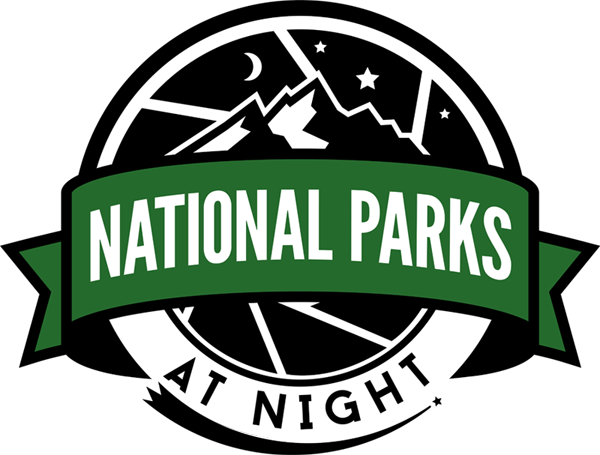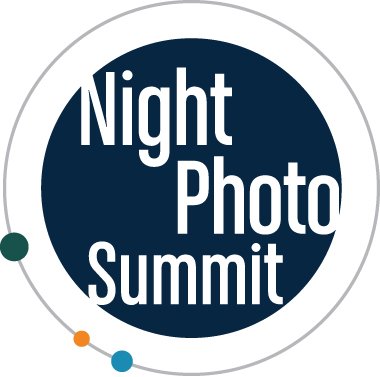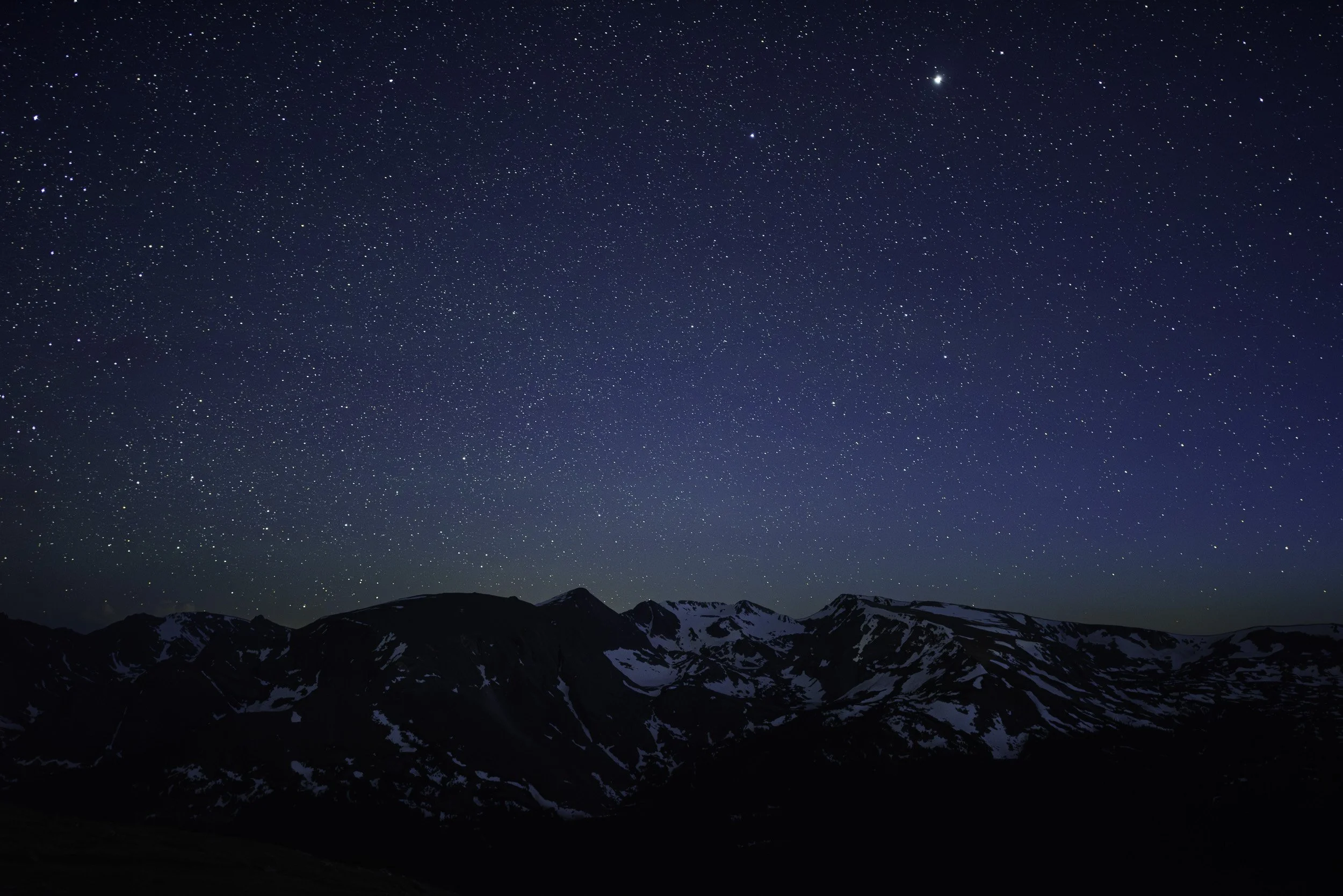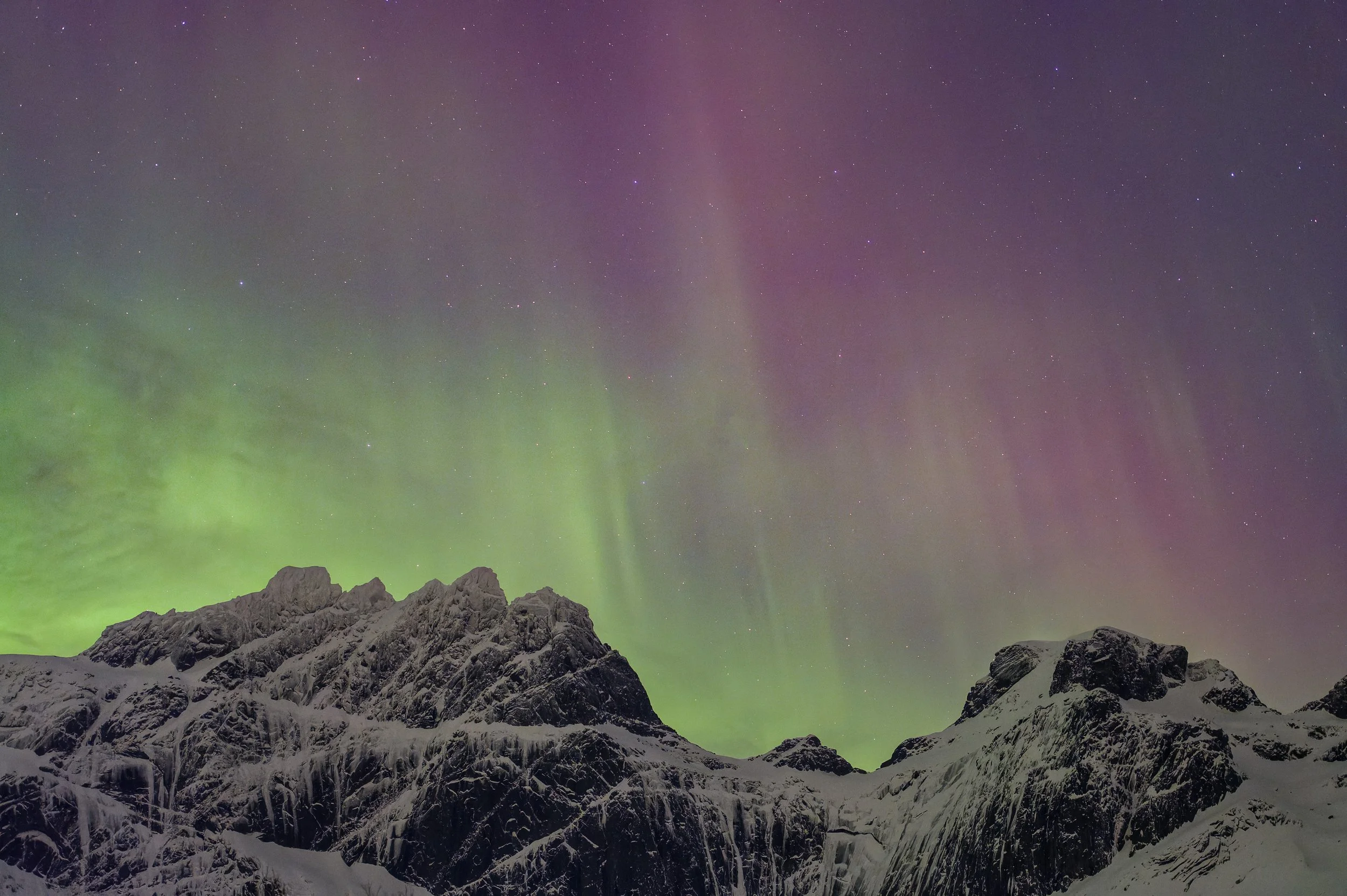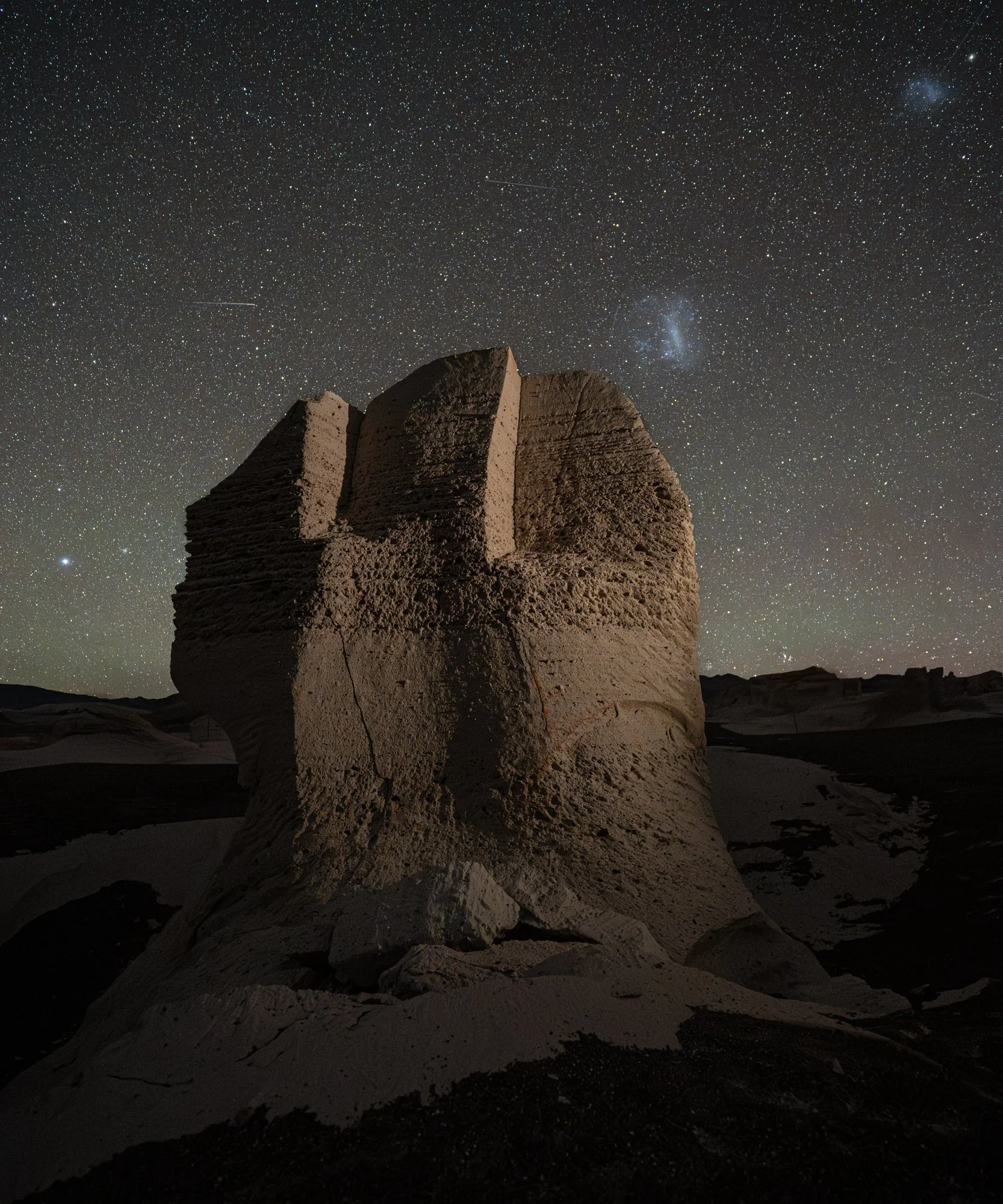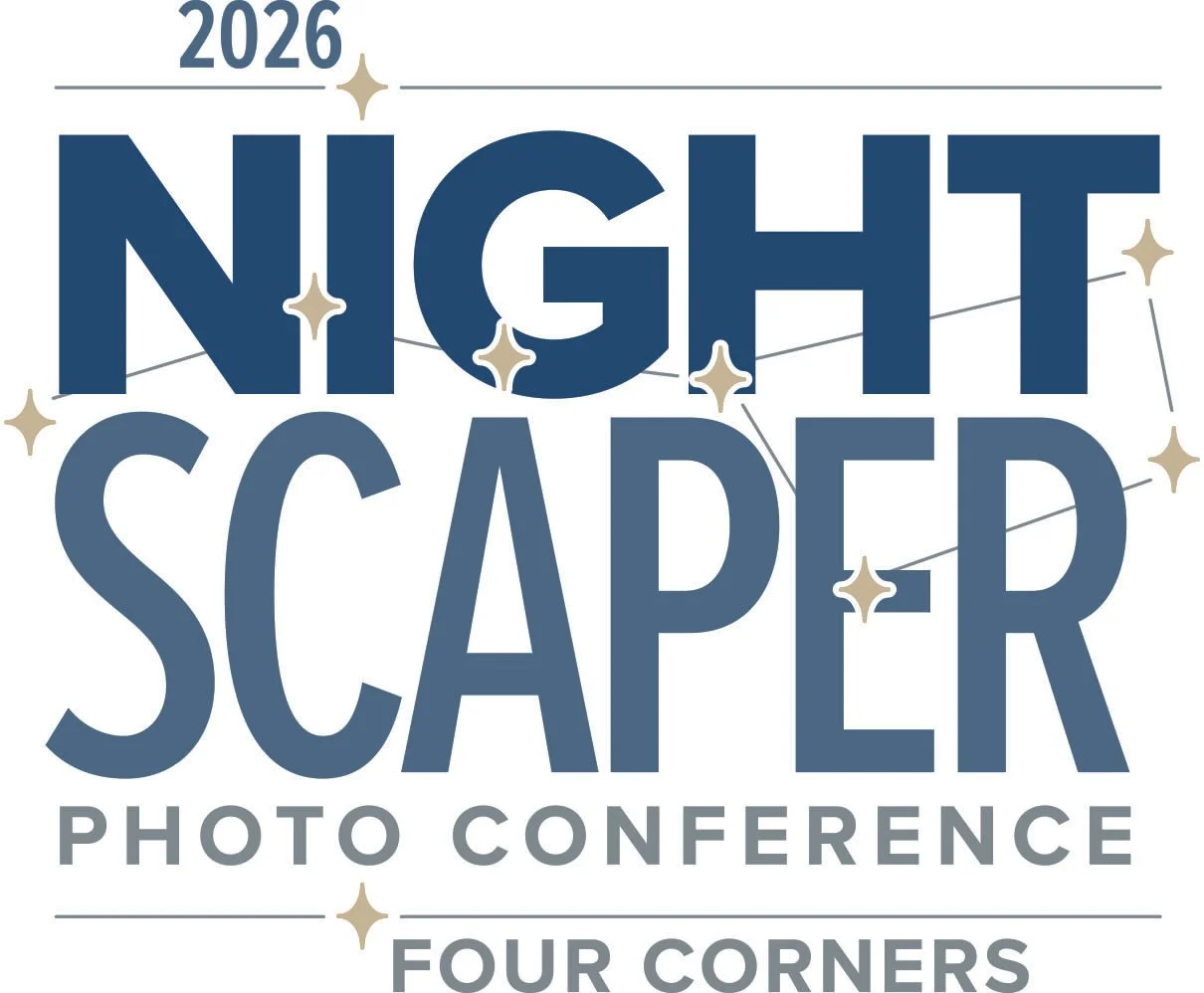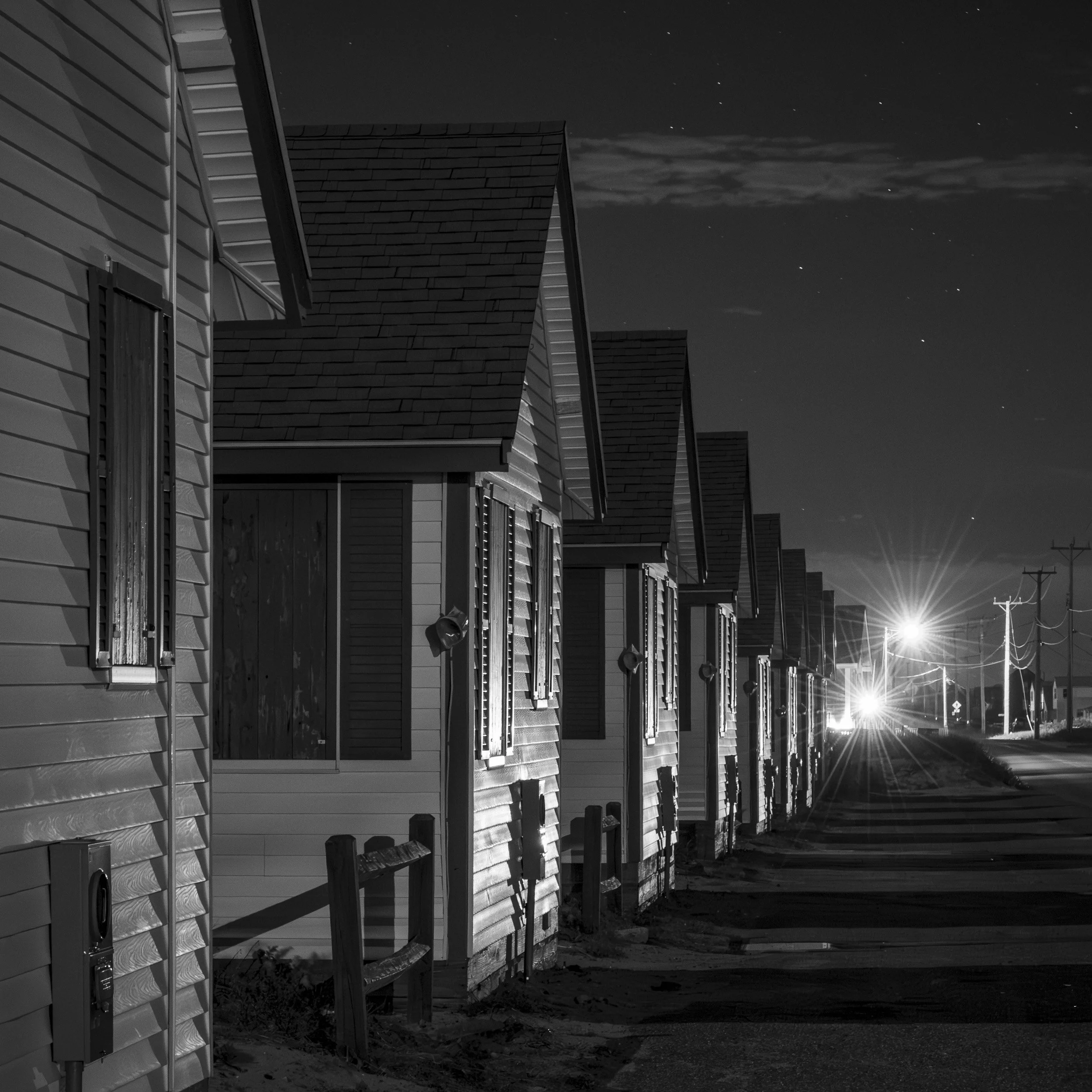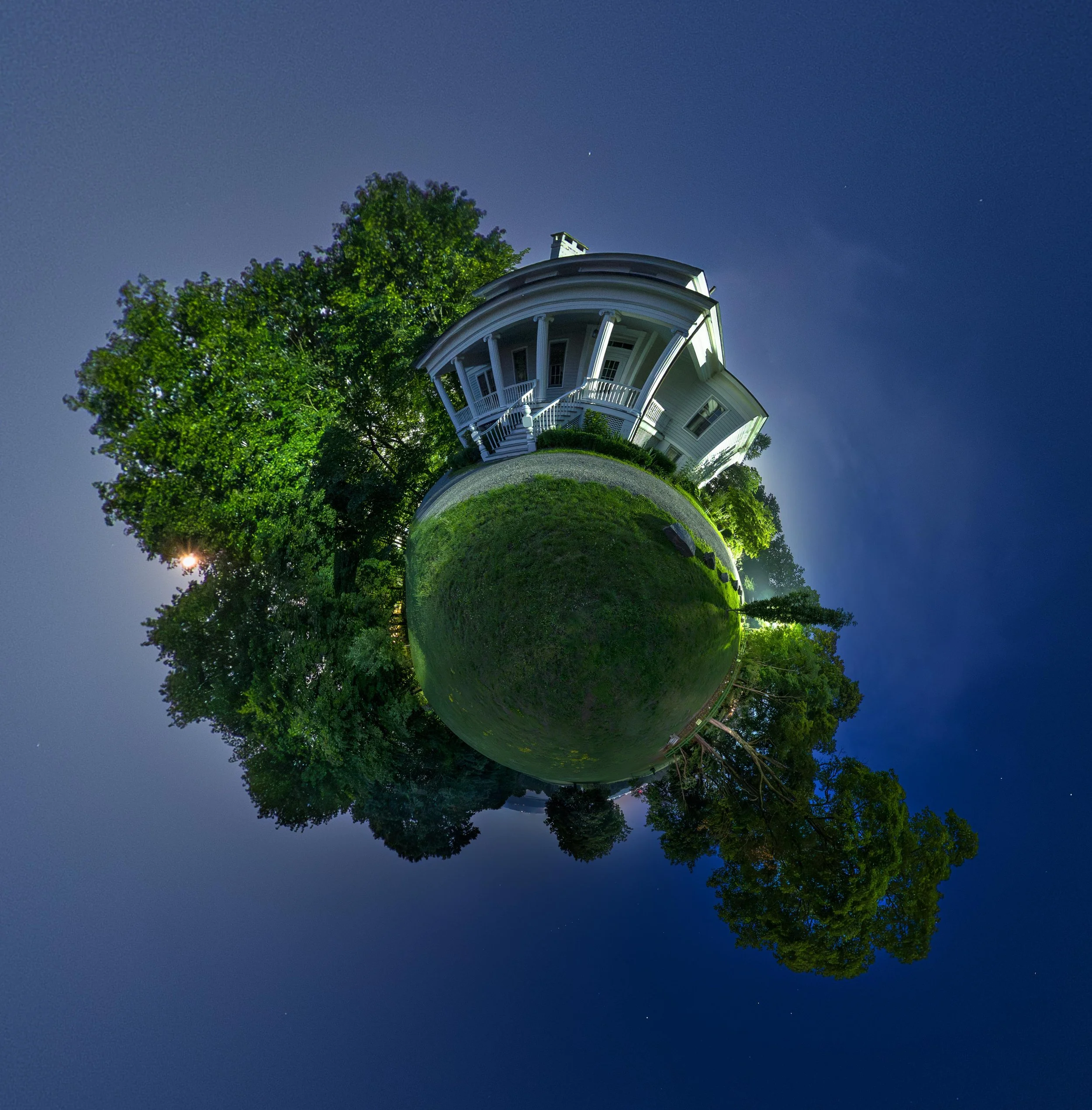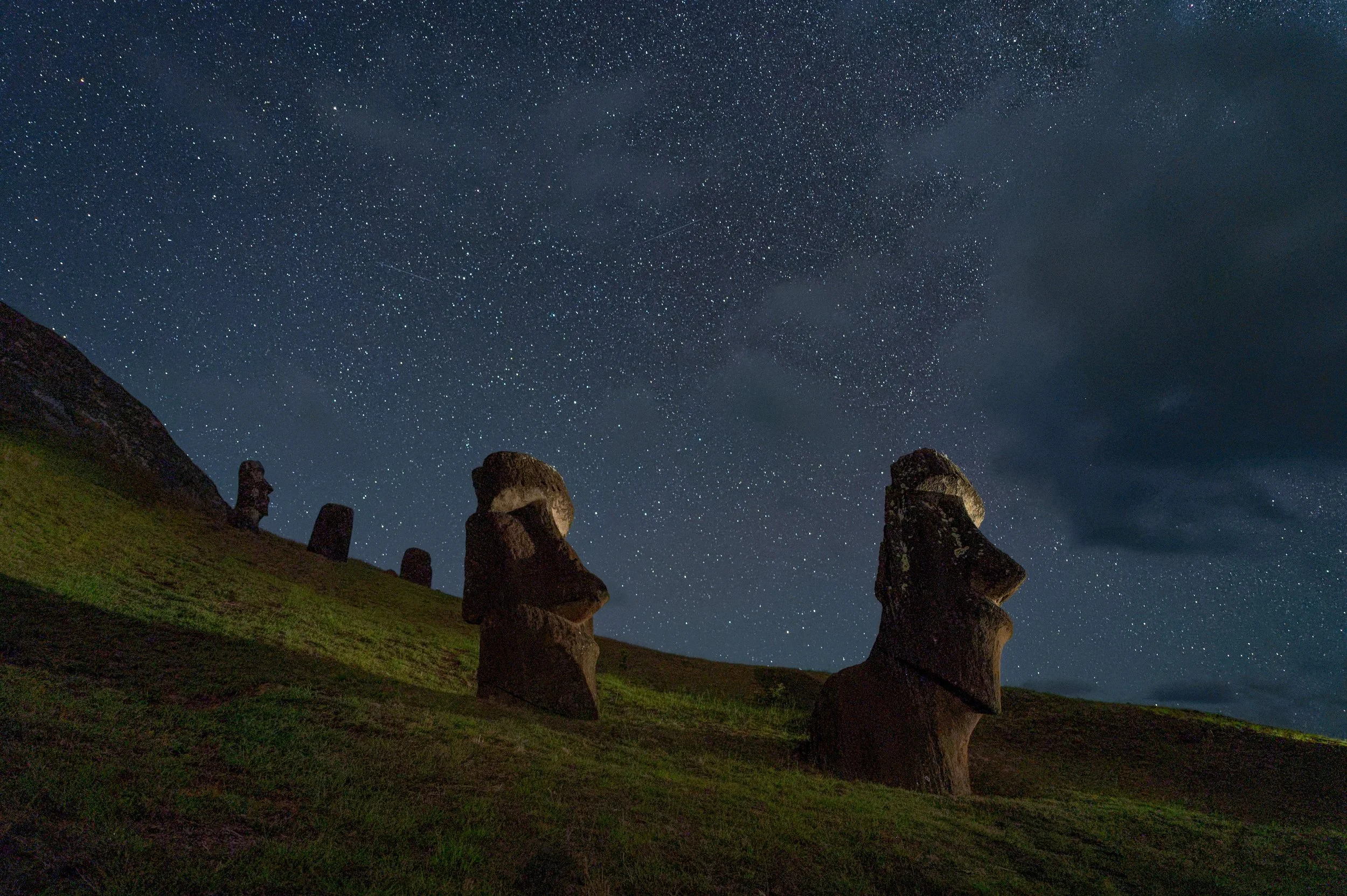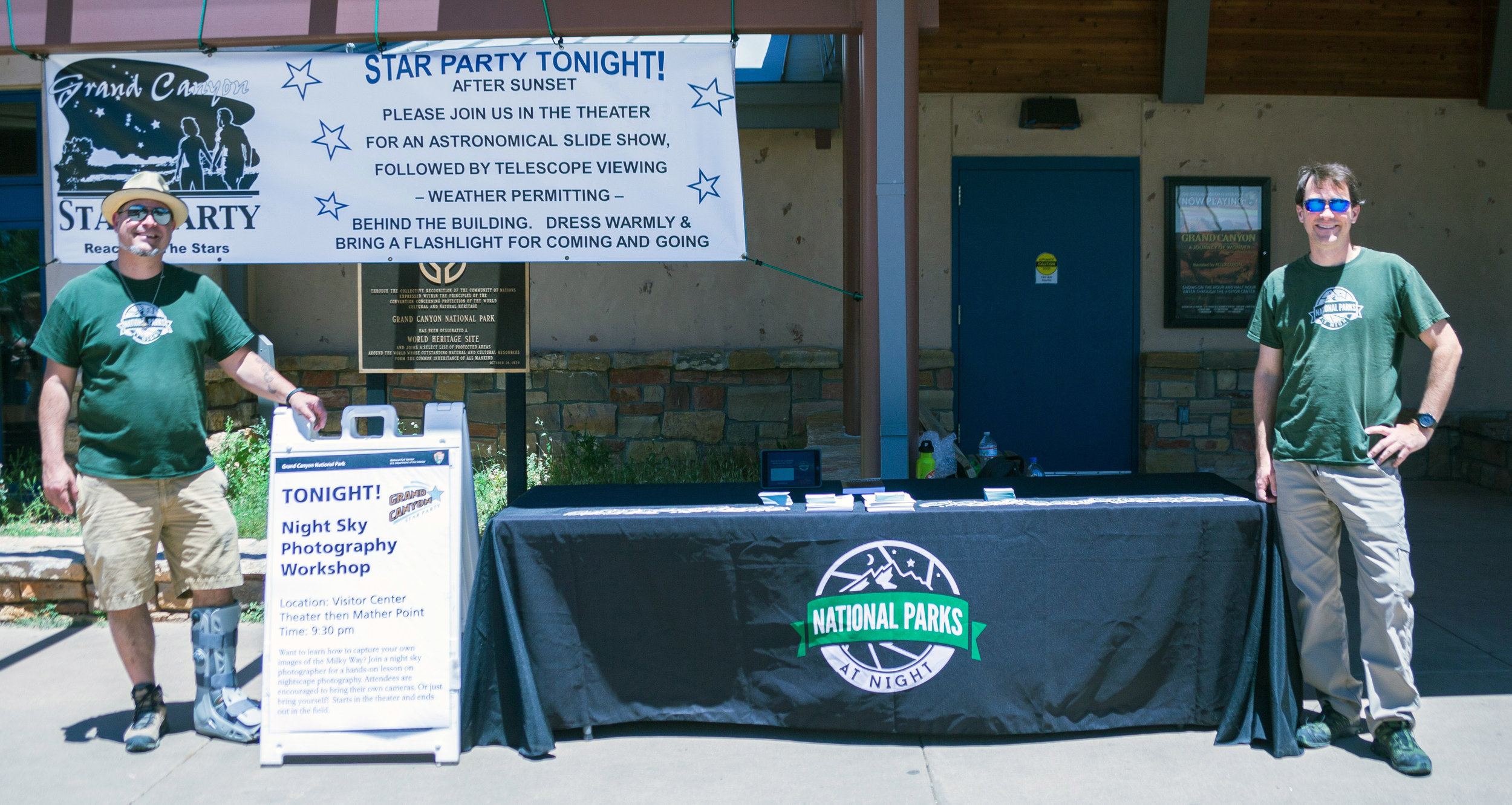“Houston, Tranquility Base here. The Eagle has landed.”
It’s here. The Big 5-0. Fifty years since a person first touched a world beyond our home.
I don’t remember this happening. I was still a year and a half from—as my grandfather would say—being even a twinkle in my parents’ eyes. I wouldn’t be born until the latter half of 1971, and I’d grow up in a world where humankind had already made a giant leap toward the stars.
Yet here I am, in 2019, marveling that this ever happened and celebrating that it did.
How am I celebrating? Well, mostly by conversing with my 6-year-old daughter about it. Last night we talked about Neil Armstrong, Buzz Aldrin and Michael Collins, and we looked at pictures of the lander and the rover and the rigid U.S. flag.
And now I remember that “moon” was one of her first words, and how she would delight at seeing it in the night skies of Astoria, Queens, where she lived her first few years, and how when she was 3 she would love to say, “Look, the moon is a crescent, like a croissant!” And how she, even more than me, will grow up thinking that not walking on the moon is just a faint remnant of history.
Before going to bed, she asked if she would ever get to walk on the moon too, and I said maybe. Then I changed my answer. “Yes,” I said, “if you want to walk on the moon, then I’m sure you’ll find a way.”
She will—she’s that kind of kid—determined, unburdened by the nuisance of obstacles. Kind of like that trio of moonwalkers 50 years ago, and kind of like the thousands and thousands of scientists and technicians who helped lift them to the beyond.
Then she asked, “Daddy, can we do it together?”
Gosh, I hope so.
16 Ways to Celebrate
Not many things are celebrated by a majority of the world at once. The moon landing was one of the few, and its semicentennial also will be recognized globally. You won’t be able to escape it on the news today—heck, you can’t even escape it on our blog.
If you can’t beat a party, then you might as well join one. What can you do to be festive today? Below are 16 ideas.
1. Eat Some Oreos
Nabisco recently released limited edition Marshmallow Moon Oreo Cookies. Not only are they as yummy as the rest of the best Oreos, but the package glows in the dark! In stores now—if you can still find them.
(Might we also suggest Milky Way and Mars bars? Moon pies? Tang?)
2. Explain Dynamic Range
Moon-landing conspiracy theorists point to many pieces of evidence that a half-century ago NASA produced nothing more than a big show on a sound stage. One of their Exhibits A is that no stars appear in the sky in Buzz and Neil’s photographs from the surface. So for fun, go find a moon-landing denier and explain that the reason no stars appear is because film couldn’t handle the vastly different exposures of the bright surface of the moon and the darkness of space in one perfectly exposed frame. (Lunar module payload didn’t have space for split-ND filters. Duh.)
3. Watch the Movie
Whether on TV, or at a movie or IMAX theater, watch Apollo 11, the full-length documentary released earlier this year. It’s back in theaters this weekend, is streamable on multiple platforms (Amazon, Google Play, YouTube, et al.), and will be broadcast on CNN twice this evening.
4. Read About a Progmatic Woman
You may have seen this in 2015, but it’s worth a revisit. Check out Wired magazine’s profile of Margaret Hamilton, who, working in “a man’s field,” came to be instrumental in leading the development of the software that powered the Apollo missions. She was such a pioneer in coding that she even co-coined the term “software engineer.” See “Her Code Got Humans on the Moon—And Invented Software Itself.”
5. Shoot with Neil & Buzz
The New York Times put together an outstanding interactive digital walk-through of the moon landing, along with photographs the astronauts made both on the surface and on the flights to and fro. It’s hard to describe this experience—you’ll need to check it out yourself. See “Apollo 11: As They Shot It.”
“Neil, this is Houston. Did you get the Hasselblad magazine?
Roger, Houston. … We’re in the process of using up what film we have. We’ve probably got another half an hour’s worth of picture-taking.”
6. Relive the Landing in 3D
Go to your local bookstore and buy Mission Moon 3D: A New Perspective on the Space Race by David Eicher, editor of Astronomy Magazine. The book features stereoscopic versions of famous and lesser-known photographs of the 1960s space race, lending unique visual access to one of the greatest stories of the 20th century. 3D viewing glasses included.
7. Listen to Brian May
On January 1 of this year, the legendary Queen guitarist released a composition called “New Horizons.” The song is really a celebration of the titular NASA space probe that buzzed a Kuiper belt object, but we’re including it here because May, also an astrophysicist, designed the 3D viewer that comes with the book mentioned in the previous paragraph. Yes, really. Plus, the song could have easily been about flying to the moon for the first time, right?
8. Also Listen to Pink Floyd
Because now that I’m mentioning it, Dark Side of the Moon will be in your head. Also, it’s where Michael Collins spent half his time 50 years ago today, while he circled over his moonbound friends. (“There is no dark side of the moon, really. Matter of fact, it’s all dark.”)
9. Immerse Yourself in The Atlantic
If you’re not tired of reading (thank goodness, that means you’re still reading this post), then click over to the website for The Atlantic and peruse their 14-article series reflecting on the lunar landing, titled “They Went to the Moon.” Pieces include:
“What Is the Apollo 11 Landing Site Like Now?”
“Your Smart Toaster Can’t Hold a Candle to the Apollo Computer”
“The Most Compelling Photo of the Moon Landing”
10. See What Neil Armstrong Saw
Using NAC images, moon topography, trajectory data and all sorts of other neat technology, the Lunar Reconnaissance Orbiter Camera folks created a video simulation of what Armstrong saw when the lunar lander was lunar-landing. Check it out on the Arizona State University website.
11. Mail a Letter
Head to the post office (before noon—today’s Saturday!) to buy some First Moon Landing commemorative stamps, and use one to send a letter to somebody who’d like to receive a letter from you. Better yet, make it a postcard and tell them you’re vacationing on the shores of the Sea of Tranquility.
12. Watch a Monument Prepare for Liftoff
If you’re in Washington, D.C., head to the National Mall for the National Air and Space Museum’s “Apollo 50: Go for the Moon” show, which will culminate with an image of the mission’s full-scale, 363-foot Saturn V rocket projected on the Washington Monument.
13. Build Your Own Lunar Lander
Seriously! Lego lets you do it, and the job entails just 1,087 pieces. (If you count only 1,086, watch where you step with bare feet.) The NASA Apollo 11 Lunar Lander kit will set you back only $100. Think that’s a lot? NASA spent $240 million on each of theirs. Kit includes Lego Neil and Lego Buzz.
14. Build Your Own Moon!
Four Point Puzzles produced a beautiful 1,000-piece, two-foot circular puzzle of the full moon based on the highest-resolution photo NASA has made to date. (We encourage Four Point to make an easier version based on a waning crescent.)
15. Attend an Event
The U.S. is celebrating the moon landing anniversary everywhere (except the moon, ironically). If you’re interested in learning more about this historic moment, or seeing if you can score some green cheese, look for an event near you. (Know that today is not your last chance—many of these programs run longer into the year.) NASA and Space.com are here to help, with a list of ongoing events and exhibits, from Houston to Cape Canaveral, from the mountains to the prairies, from sea to shining sea.
16. Finally, Photograph the Moon
Last, but absolutely not least, get outside with your camera tonight and photograph that big gray ball in the sky. Want some help? See our blog posts:
Shooting for the Moon: How to Photograph Earth's Little Cousin
Light Painting in Moonlight—Using the Moon as Key Light, or Using it as Fill
Which Moon Phases are Best for Different Kinds of Night Photography?
Your Turn!
How will you be observing or celebrating the 50th anniversary of the first manned moon landing? Share in the Comments section below or on our Facebook page. We’re all in this together. Party on.
